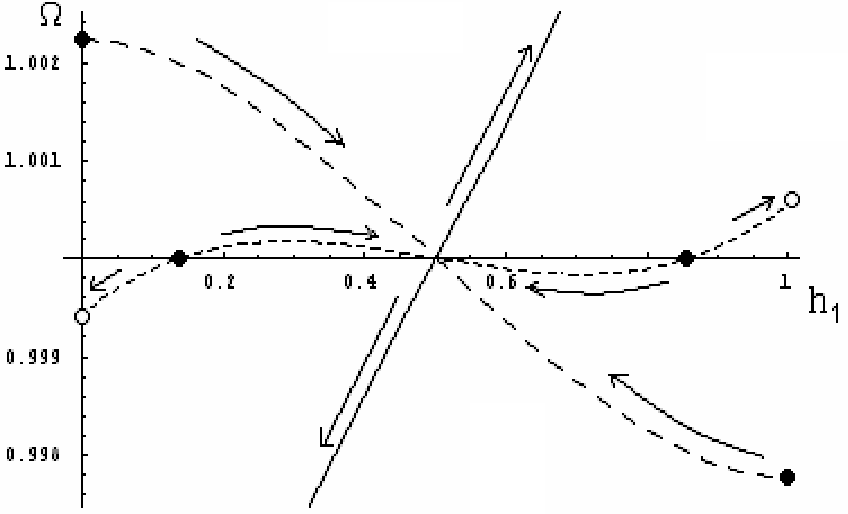Geographical Economics
Section outline
-
Si ce cours est réalisé à distance, le code d'accès teams sera wsqehuc
-
You can find below the power point explaining how this course is evaluated (file "eval").
The data analysis asked on French cities should replicate the study of Jordan Rappaport “The Faster Growth of Larger, Less Crowded Locations”.
The lecture on Rappaport is available here.
Some data
- French income at the local level (IRIS) are available at INSEE, database Filosofi:
- Revenus localisés sociaux et fiscaux / dispositif FiLoSoFi. https://www.data.gouv.fr/fr/datasets/revenus-localises-sociaux-et-fiscaux-dispositif-filosofi/
- Recent data on the population of French cities (1968-2015) (Source: INSEE) can be dowloaded here while the historical data (1800-1925) are available at: https://www.insee.fr/fr/statistiques/2591293?sommaire=2591397.
- Global Human Settlement Layer (GHSL)
-
- Handbook of Duranton et al. (2014)
- Other articles on related subject:
- Enemies of the people, by Gerhard Toews and Pierre-Louis Vezina. ́
- Loss in the Time of Cholera: Long-Run Impact of a Disease Epidemic on the Urban Landscape, By Attila Ambrus, Erica Field, and Robert Gonzalez, American Economic Review 2020, 110(2): 475–525
- Jobs for the Heartland: Place-Based Policies
in 21st-Century America, by E. Glaeser et al. (2018)
- Importing Political Polarization? The Electoral
Consequences of Rising Trade Exposure, by D. Autor et al. (2020)
- East Side Story: Historical Pollution and
Persistent Neighborhood Sorting, By Heblich (2021).
- The Economics of Urban Density, G Duranton and D Puga (2020)
- Gentrification and Pioneer Businesses, K Behrens et al. (2021)
- Urban economics in a historical perspective: Recovering data with machine learning, P-Ph Combes et al. (2021)
- Trade and Geography, Stephen Redding (2021)
- Davis, Donald, R. and David E. Weinstein.
2002.
"Bones, Bombs, and Break Points: The Geography of Economic Activity" American Economic Review,
92 (5): 1269-1289.
NEW !
- The Standard Errors of Persistence. Conley and Kely. Forthcoming Journal of International Economics, 2025.
- The Unintended Consequences of Post-Disaster Policies for Spatial Sorting. Henkel, Kwon, Magontier. Forthcoming Journal of Political Economy 2025.
- (New Handbook chapter) Spatial Environmental Economics. Balboni and Shapiro. 2025
- (New Handbook chapter) Quantitative Regional Economics. Allen and Arkolakis. 2025
Video/radio
- Time to embrace cities, E Glaeser https://www.youtube.com/watch?v=ILDwnzQNlGc
- Cities and opportunities in the U.S, Raj Chetty: https://www.youtube.com/watch?v=vOcJvFJ7HOg&t=695s
- Cities and growth, D. Puga and G Duranton: https://www.youtube.com/watch?v=SBxWdGht4pw
- Cities in developing countries, V Henderson: https://www.youtube.com/watch?v=jJelVmvSV_M
-
-
Here the course on the empirics and quantitative models in Economic Geography (2022/2023). You can find the different articles that have been used to present this course below. I also add a program (in Julia) that enables to run the Redding and Rossi-Hansberg (2017, ARE) model presented during the course.
-
I do not longer teach this lecture (since 2021/22), but I leave the slide if you are interested.
This lecture presents the state of art concerning the impact of density on wages, mainly based on:

